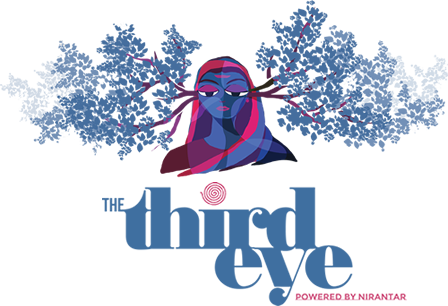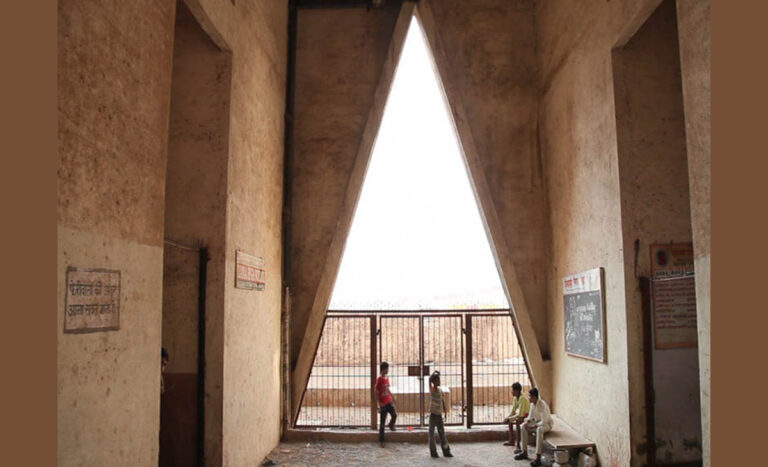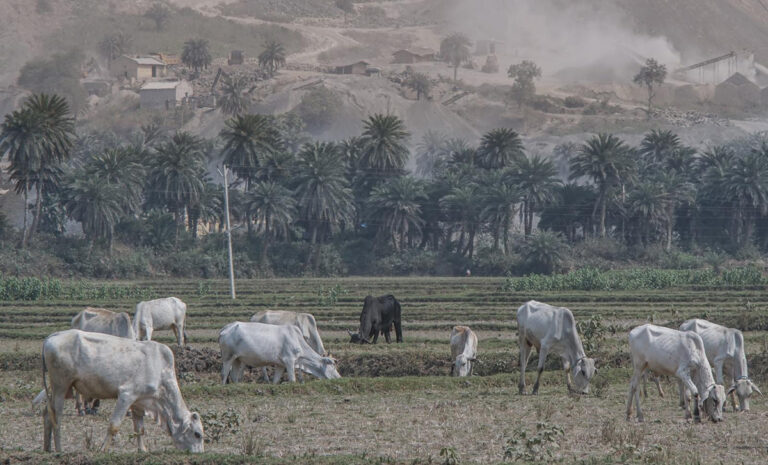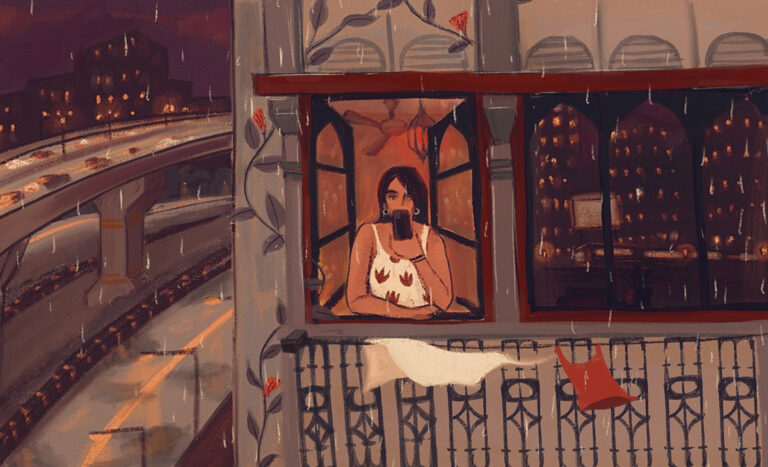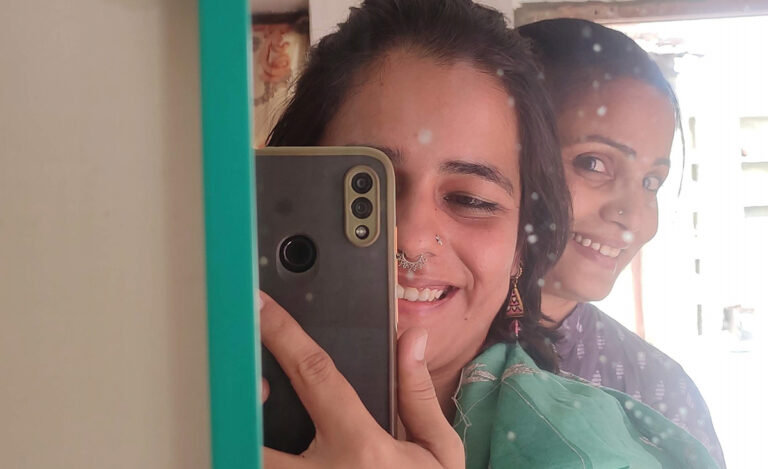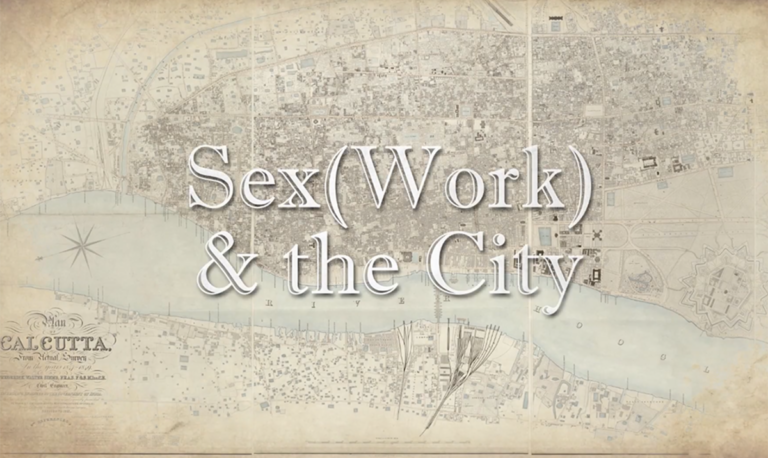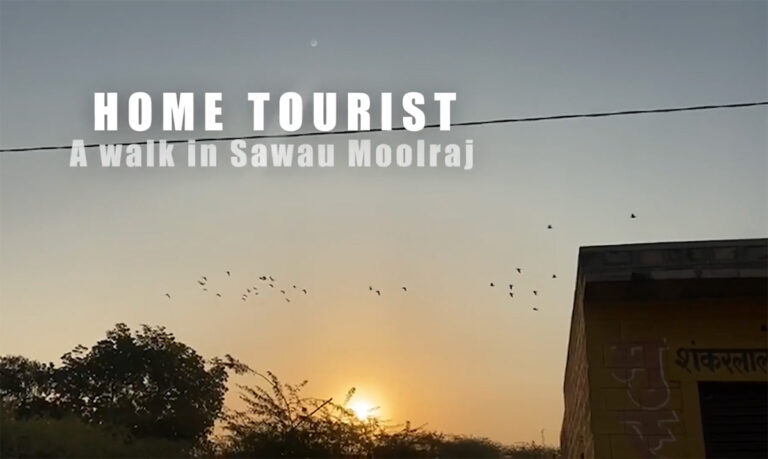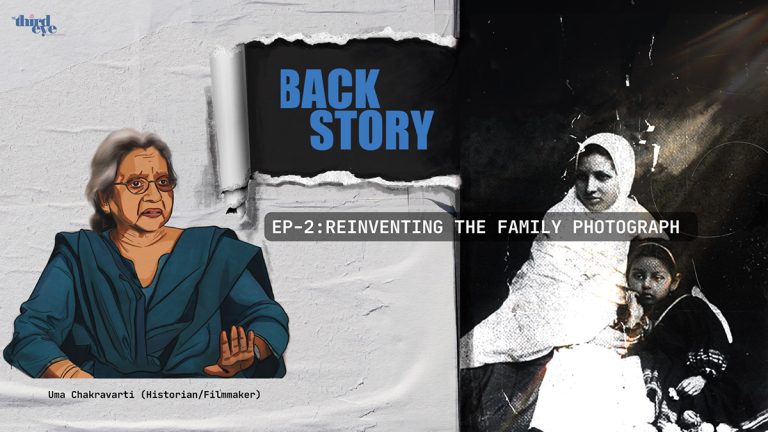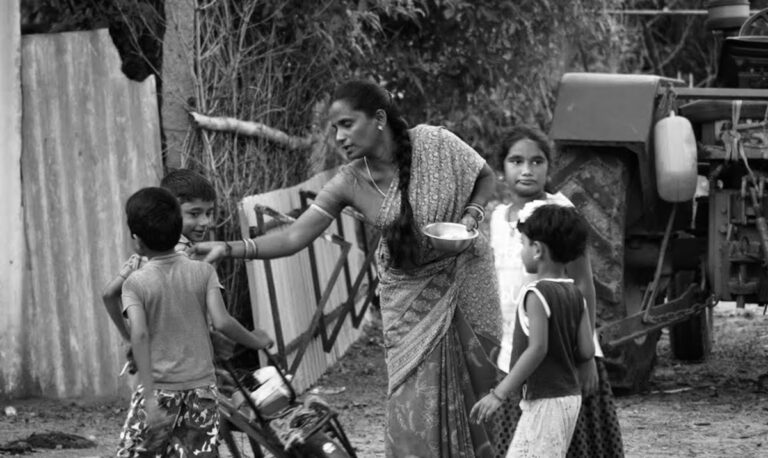
The Gifts of the City Come with Strings Attached
I learnt the verbal construction of grammatically correct English sentences for the first time in Class IV when my friends secretly chuckled at my mispronounced words. Until then, I hadn’t realised that my excessive knowledge of Tamil had done nothing to win them over. The convent school in my small town seemed to like my English; what happened along the way?
